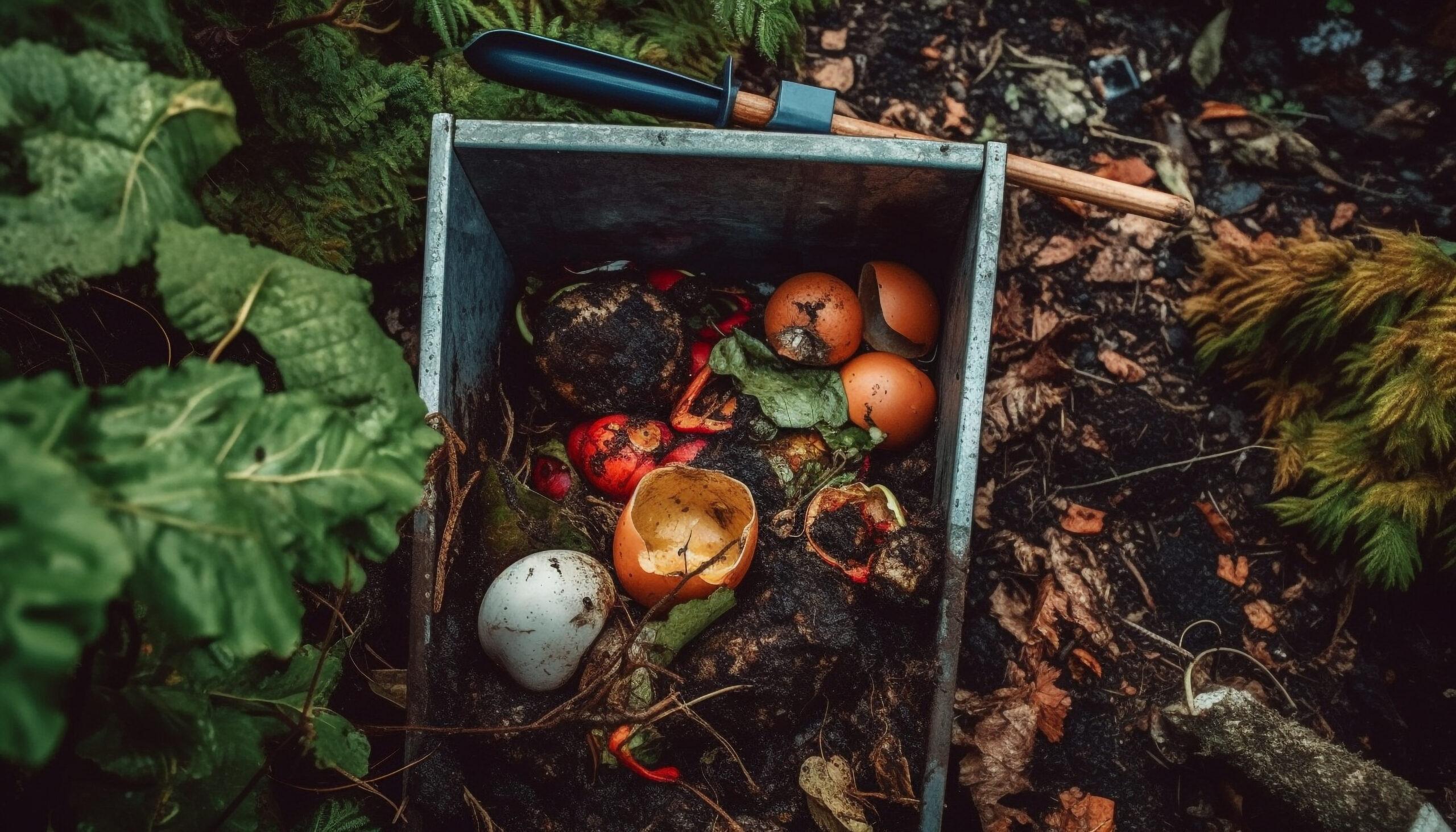Revolutionizing Hydrogen Production: A Breakthrough in Green Energy Technology
Turning Agricultural Waste into Zero-Carbon Hydrogen
A groundbreaking new method for producing hydrogen from bioethanol—derived from agricultural waste—could provide a cleaner, more energy-efficient alternative to current industrial processes. Developed by researchers at Cardiff University, this innovative approach not only generates zero-carbon hydrogen but also yields acetic acid, a valuable chemical used across multiple industries.
The Hydrogen Production Challenge
Currently, hydrogen is primarily produced through two methods:
- Steam Methane Reforming (SMR) – Extracts hydrogen from natural gas but emits CO₂ (accounting for ~95% of global hydrogen production).
- Electrolysis – Uses renewable electricity to split water into hydrogen and oxygen but remains expensive and energy-intensive.
Both methods have significant drawbacks, making the search for sustainable, scalable alternatives critical for decarbonization efforts.

How the New Process Works
The Cardiff team’s method leverages a platinum-iridium catalyst to extract hydrogen from bioethanol and water without releasing CO₂.
Key Steps:
- Bioethanol Feedstock – Derived from fermented agricultural waste (e.g., crop residues, forestry byproducts).
- Catalytic Reaction – The catalyst breaks down bioethanol into:
- Hydrogen (H₂) – A clean fuel for industries like steel and transport.
- Acetic Acid – Used in food preservation, pharmaceuticals, and chemical manufacturing.
- Zero Emissions – Unlike SMR, this process does not produce CO₂, making it truly carbon-neutral.
“We’re taking a biologically sustainable source and converting it into renewable hydrogen and acetic acid—that’s the beauty of this system,” says Professor Graham Hutchings, lead researcher.
Advantages Over Conventional Methods
✔ Lower Energy Input – Requires less energy than SMR or electrolysis.
✔ Waste-to-Value – Uses agricultural byproducts, reducing landfill waste.
✔ Dual-Product Output – Generates hydrogen + acetic acid, improving economic viability.
✔ Scalable & Commercially Viable – Potential for rapid industrial adoption.
The Acetic Acid Factor
While the process is efficient, its hydrogen output is limited by global acetic acid demand (~18 million tonnes/year). Producing that much acetic acid via this method would yield only ~1 million tonnes of hydrogen—far below the 500+ million tonnes needed for a net-zero economy by 2050 (IEA estimates).
“This won’t replace all hydrogen production, but it can decarbonize parts of the chemical industry,” notes Dr. Klaus Hellgardt (Imperial College London).
Next Steps: From Lab to Industry
The team is now seeking commercial partners to build a demonstration plant and scale the technology. Potential applications include:
- Green Chemicals – Producing acetic acid without fossil fuels.
- Sustainable Hydrogen Hubs – Localized production for industrial use.
- Circular Agriculture – Converting farm waste into high-value products.
The Bigger Picture
This innovation highlights how waste-to-energy technologies can complement—not replace—existing green hydrogen solutions like electrolysis. As industries push for decarbonization, multi-product processes like this could play a crucial role in reducing emissions across supply chains.
Sources:
- Nature Energy (Original Study)
- International Energy Agency (IEA) Hydrogen Reports
- Interviews with Cardiff University Research Team
Image Credits:
- Process flow diagram of bioethanol-to-hydrogen conversion
- Agricultural waste feedstock examples
Want more updates on green hydrogen breakthroughs? [Subscribe to our newsletter]

